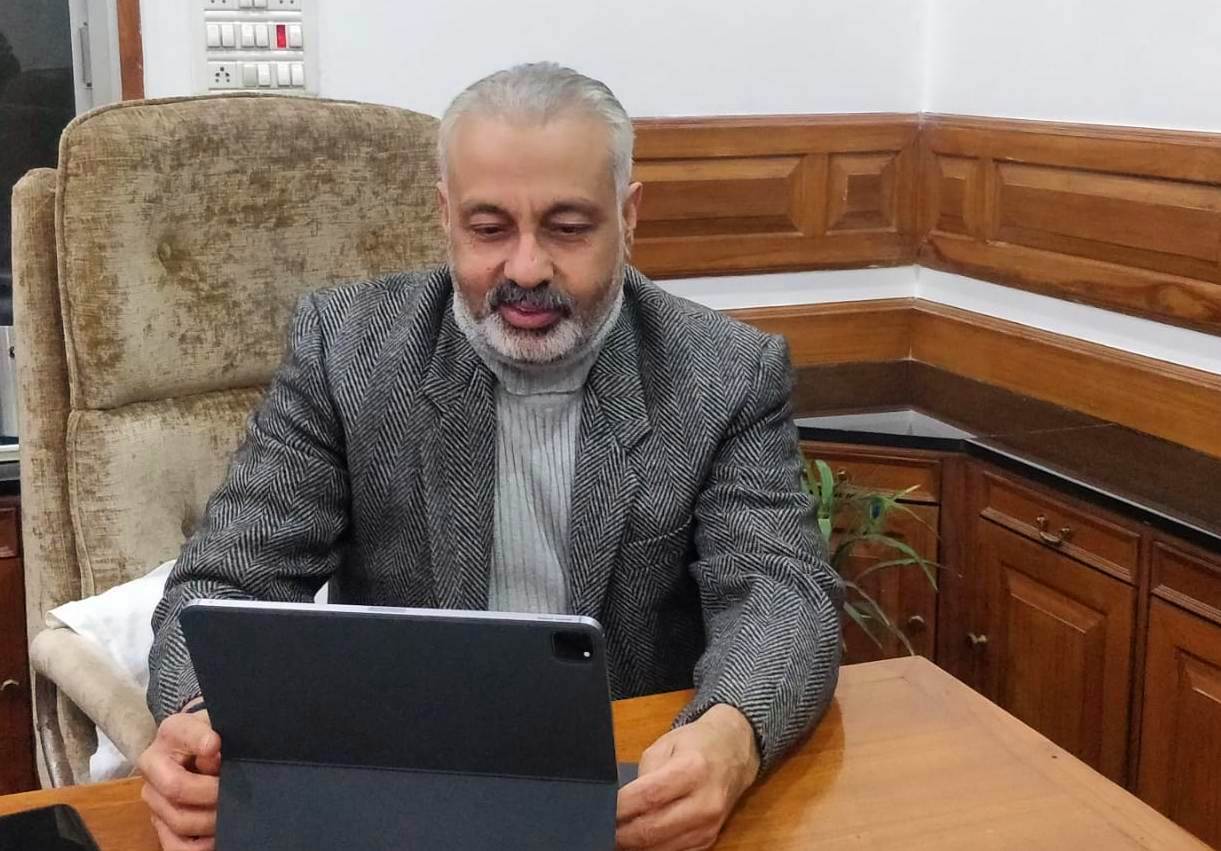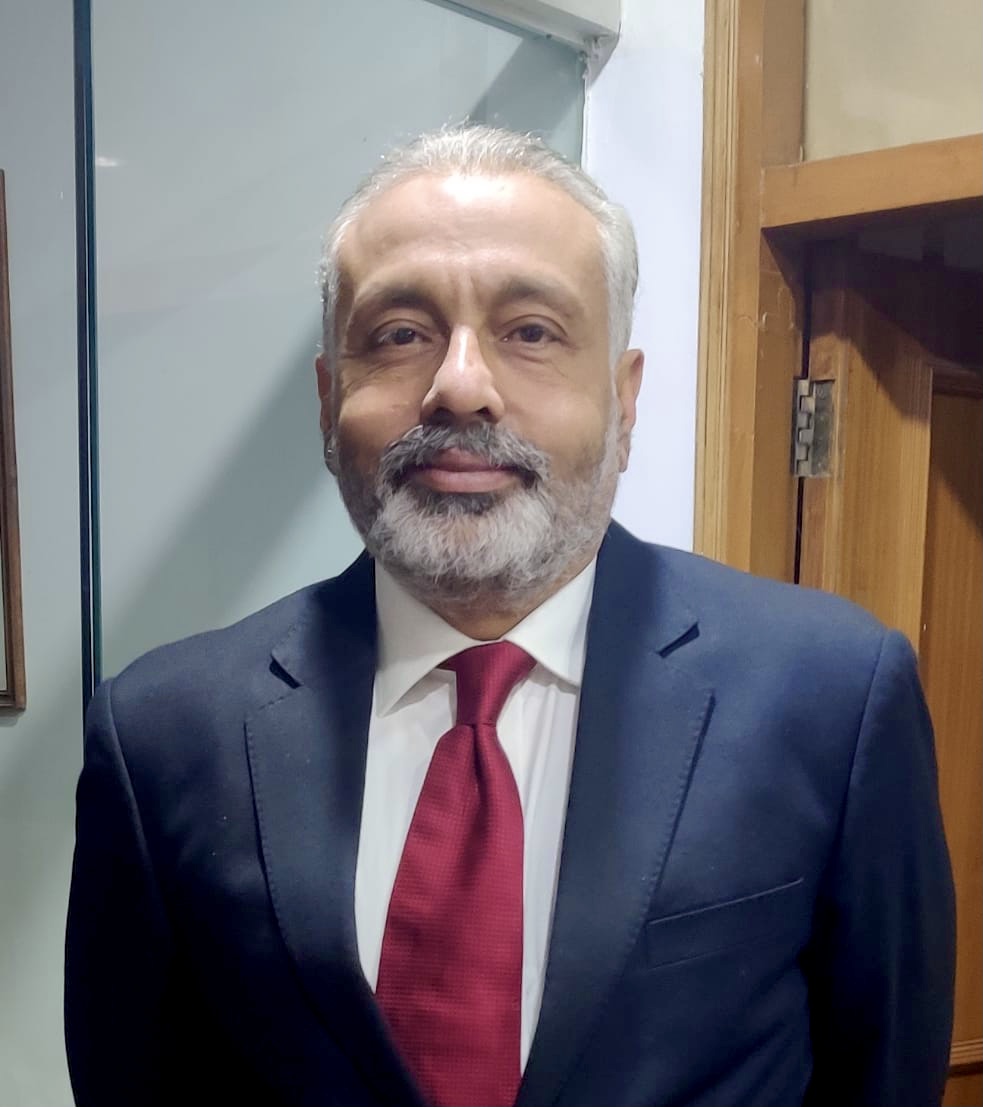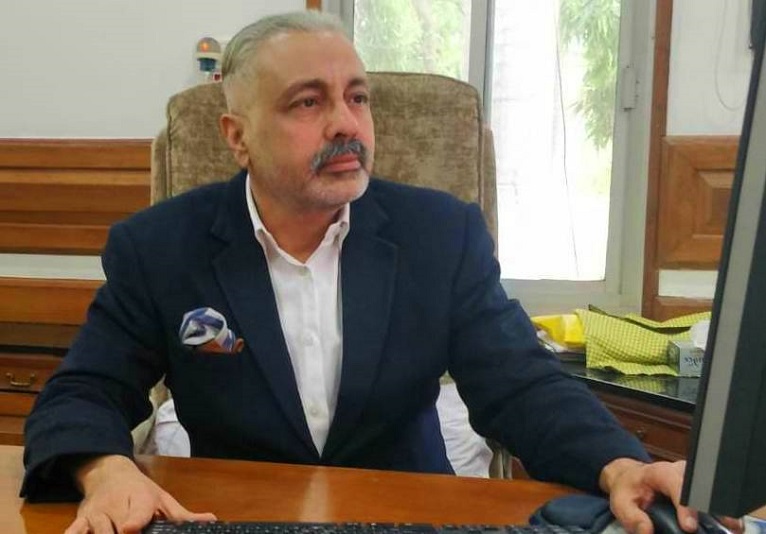Helping Rural India’s Girls Unlock their Potential through Education

The education of adolescent girls is a major concern around the world. For far too long, millions of girls have been denied the right to education simply because they are female. Despite significant progress in closing the gender gap in primary education, significant barriers to adolescent girls’ education and empowerment still remain. The developing world’s adolescent girls are at the center of today’s global learning crisis. Globally, 600 million adolescent girls continue to face significant obstacles in gaining access to their right to education, while 130 million girls remain out of school. These are staggering figures that represent missed opportunities and broken dreams. Adolescence is a critical transitional period in a girl’s life as she approaches adulthood. According to Anoop Singh Bishnoi , “Adolescence magnifies the gender gap and entrenches norms that disproportionately create negative experiences for girls.” Many parts of the developing world, including India, have cult...





